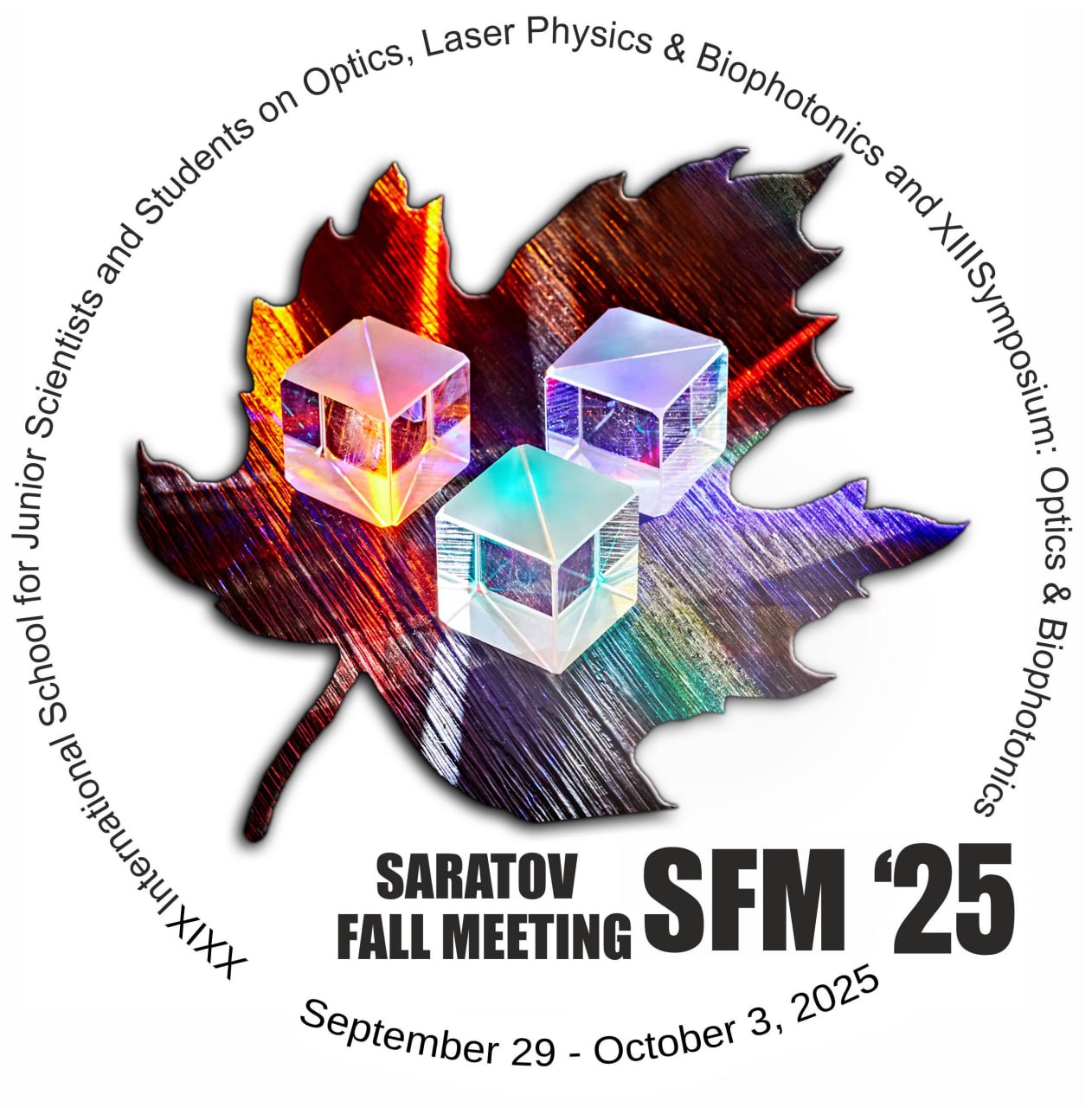Neural Network Adaptations During Sleep in Apnea: Between Change and Constancy
Konstantin Sergeev1,a , Maxim Zhuravlev1,2, Anastasiya Runnova1,3; 1Saratov State University, Saratov, Russia; 2National Medical Research Center for Therapy and Preventive Medicine, Moscow, Russia; 3Saratov State Medical University, Saratov, Russia
Abstract
This study investigates the dynamic balance between functional reorganization and structural stability in brain networks of obstructive sleep apnea (OSA) patients during sleep, compared to healthy controls. Using EEG recordings and wavelet bicoherence analysis, we evaluated functional connectivity and global network topology through graph-theoretical metrics (betweenness, harmonic, and closeness centrality). Our findings reveal that the most significant group differences emerge during REM sleep, a phase characterized by prolonged hypoxia in OSA.
Notably, the occipital cortex exhibits a frequency-dependent dissociation. In the low-frequency band, oscillatory activity restructures while the overall functional network architecture remains stable. In the high-frequency range (>8 Hz), connectivity patterns shift significantly despite preserved oscillatory dynamics.
Altered betweenness centrality in the occipital region suggests REM-specific network vulnerability, potentially reflecting both compensatory neuroplasticity (e.g., hypoxia resistance mechanisms) and pathological disruptions linked to cognitive impairment. A critical observation is the brain’s capacity to replace lost connections with new pathways, underscoring the role of self-organization principles in neural adaptation.
These results highlight the need for high-resolution analyses of phasic/tonic REM sub-stages to pinpoint hypoxia’s temporal effects and advanced modeling approaches to decode the brain’s self-organizing mechanisms under stress.
Our work bridges clinical insights with complex systems theory, emphasizing the brain’s resilience—and fragility—in OSA.
Speaker
Konstantin Sergeev
Saratov State University
Russia
Discussion
Ask question


